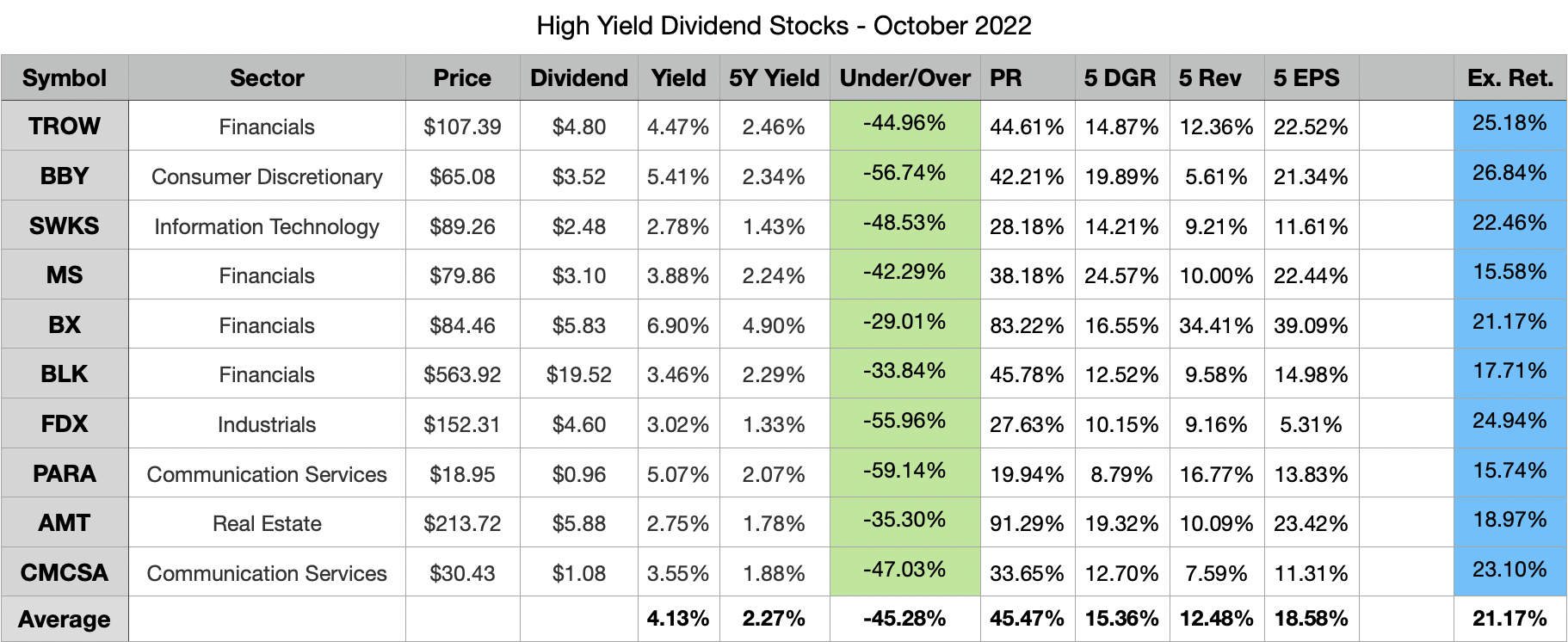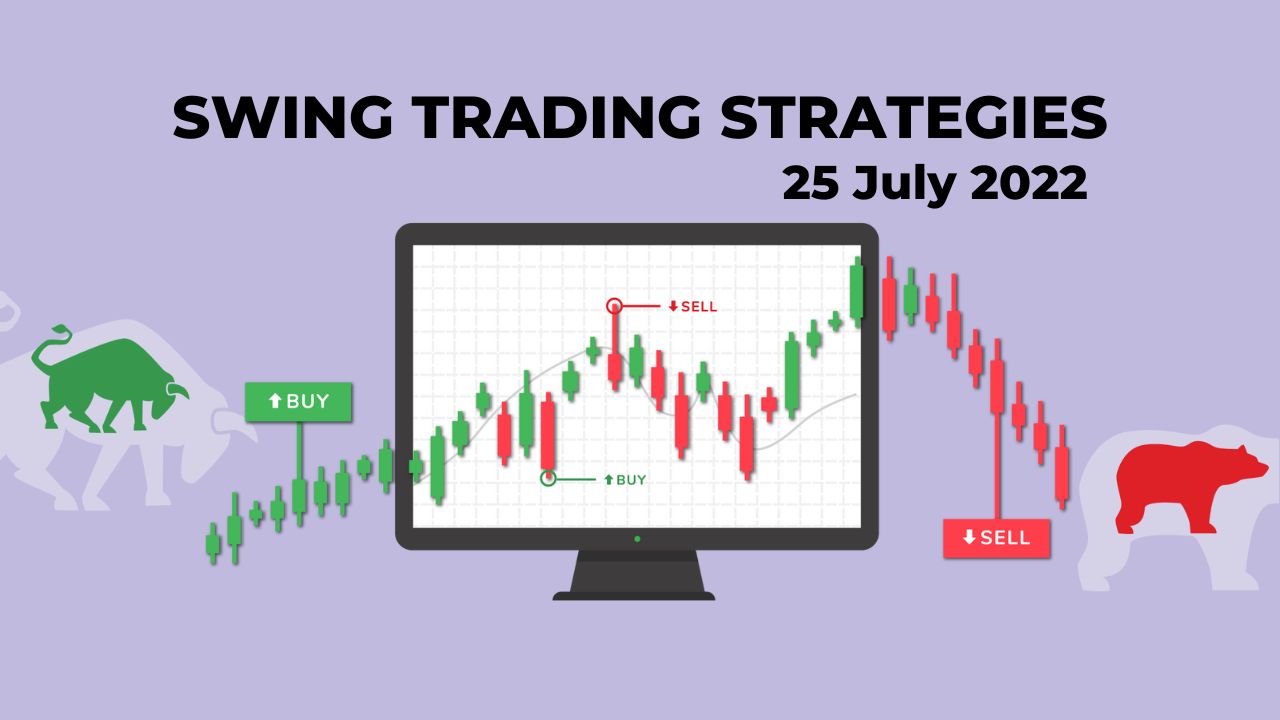
A FXTM calculator can be very helpful when trading on the Forex market. This tool can help you keep track of the market and make the most of your deposits. It is very simple to use. After you've entered the position properties, the rest will be filled in automatically.
FXTM offers many types of calculators. There are two types of calculators available at FXTM: the Profit calculator and Multi-Target. They are both extremely easy to use and free. They allow you to calculate the profit based on a number of factors such as the currency pairs, the amount of money you are trading, and your lot size. You can also use the Profit calculator to determine how much profit you can make from a trade. Multi-Target calculator allows you to calculate the optimal time to close an order. The calculator automatically calculates profit/loss based on the input.
The Pip Value calculator is another useful tool at FXTM. This tool calculates how much a pip is worth based upon current market rates, lot size and other factors. This tool is particularly helpful for clients that do not have zero-point spreads. It can also be used for determining fractions of a pip. You can use it to determine the fraction of a pip for indices or minor pairs. You can customize it to match your website color scheme.

FXTM also offers a Currency Converter. It takes your base currency, converts it to the quote currency, and then displays the results. Then, it calculates the profit you can make based on your entry price and closing price. It calculates the pip value of major currencies, such as the Japanese Yuan. You can also use it for determining pips for metals and live market rates.
FXTM has a copy trading option. You can copy trades from other traders using this service. The copy trading service is popular among beginners as well as people who don’t have the time and resources to develop strategies. It offers webinars as well as trading strategies and free advice. Individuals with less than $100 in their account are eligible for the service.
You can use the stop loss function to automatically close your trades when they reach a certain level. Stop-outs can be set at 20 to 50 percent. Stop Loss features also protect you from making large losses. It is important to maintain a consistent profit. An average gain percentage, 2% per trade, can yield a significant equity.
FXTM Invest Copy Trading has become a popular choice for beginners. It lets you trade more than 5,000 strategies. Trader can copy trades provided by strategy providers and only have to pay commissions when they succeed. The service is also available in mobile and desktop formats.

FXTM has excellent customer support. FXTM offers 24-hour support in 18 languages. It also offers trading indicators, trading guides, economic calendars, and more. You can also find trading tutorials as well as educational tools that will help you learn more about Forex trading. The company's daily market analysis helps beginners understand the real world implications of news events. It offers trading ideas that are based on technical analysis.
FAQ
What is a Stock Exchange and How Does It Work?
Companies can sell shares on a stock exchange. This allows investors to purchase shares in the company. The market sets the price for a share. It is usually based on how much people are willing to pay for the company.
Companies can also raise capital from investors through the stock exchange. Companies can get money from investors to grow. This is done by purchasing shares in the company. Companies use their money to fund their projects and expand their business.
There are many kinds of shares that can be traded on a stock exchange. Some of these shares are called ordinary shares. These are the most commonly traded shares. Ordinary shares are bought and sold in the open market. Shares are traded at prices determined by supply and demand.
Preferred shares and debt securities are other types of shares. Priority is given to preferred shares over other shares when dividends have been paid. A company issue bonds called debt securities, which must be repaid.
What's the difference among marketable and unmarketable securities, exactly?
Non-marketable securities are less liquid, have lower trading volumes and incur higher transaction costs. Marketable securities on the other side are traded on exchanges so they have greater liquidity as well as trading volume. They also offer better price discovery mechanisms as they trade at all times. But, this is not the only exception. For example, some mutual funds are only open to institutional investors and therefore do not trade on public markets.
Marketable securities are less risky than those that are not marketable. They usually have lower yields and require larger initial capital deposits. Marketable securities are typically safer and easier to handle than nonmarketable ones.
A bond issued by large corporations has a higher likelihood of being repaid than one issued by small businesses. The reason is that the former is likely to have a strong balance sheet while the latter may not.
Because of the potential for higher portfolio returns, investors prefer to own marketable securities.
How can people lose money in the stock market?
Stock market is not a place to make money buying high and selling low. It's a place where you lose money by buying high and selling low.
The stock exchange is a great place to invest if you are open to taking on risks. They are willing to sell stocks when they believe they are too expensive and buy stocks at a price they don't think is fair.
They are hoping to benefit from the market's downs and ups. They might lose everything if they don’t pay attention.
What is security in a stock?
Security refers to an investment instrument whose price is dependent on another company. It can be issued by a corporation (e.g. shares), government (e.g. bonds), or another entity (e.g. preferred stocks). If the asset's value falls, the issuer will pay shareholders dividends, repay creditors' debts, or return capital.
Statistics
- Ratchet down that 10% if you don't yet have a healthy emergency fund and 10% to 15% of your income funneled into a retirement savings account. (nerdwallet.com)
- For instance, an individual or entity that owns 100,000 shares of a company with one million outstanding shares would have a 10% ownership stake. (investopedia.com)
- Individuals with very limited financial experience are either terrified by horror stories of average investors losing 50% of their portfolio value or are beguiled by "hot tips" that bear the promise of huge rewards but seldom pay off. (investopedia.com)
- The S&P 500 has grown about 10.5% per year since its establishment in the 1920s. (investopedia.com)
External Links
How To
How to Invest in Stock Market Online
One way to make money is by investing in stocks. There are many options for investing in stocks, such as mutual funds, exchange traded funds (ETFs), and hedge funds. The best investment strategy is dependent on your personal investment style and risk tolerance.
To be successful in the stock markets, you have to first understand how it works. This includes understanding the different investment options, their risks and the potential benefits. Once you've decided what you want out your investment portfolio, you can begin looking at which type would be most effective for you.
There are three main types of investments: equity and fixed income. Equity is the ownership of shares in companies. Fixed income can be defined as debt instruments such bonds and Treasury bills. Alternatives are commodities, real estate, private capital, and venture capital. Each category has its own pros and cons, so it's up to you to decide which one is right for you.
There are two main strategies that you can use once you have decided what type of investment you want. One strategy is "buy & hold". You purchase some of the security, but you don’t sell it until you die. The second strategy is called "diversification." Diversification involves buying several securities from different classes. If you buy 10% each of Apple, Microsoft and General Motors, then you can diversify into three different industries. The best way to get exposure to all sectors of an economy is by purchasing multiple investments. Because you own another asset in another sector, it helps to protect against losses in that sector.
Risk management is another crucial factor in selecting an investment. Risk management is a way to manage the volatility in your portfolio. A low-risk fund could be a good option if you are willing to accept a 1% chance. You could, however, choose a higher risk fund if you are willing to take on a 5% chance.
Your money management skills are the last step to becoming a successful investment investor. You need a plan to manage your money in the future. A good plan should cover your short-term goals, medium-term goals, long-term goals, and retirement planning. This plan should be adhered to! Do not let market fluctuations distract you. Stick to your plan and watch your wealth grow.